(Ciudad Juarez, Mexico) The sting of tear gas was still in Julia’s eyes when she ran into a public park in the center of the Nicaraguan city of Estelí on June 20, 2018. Earlier that day, she’d wrapped her face in a blue-and-white bandanna – the colors of the Nicaraguan flag – and joined a student-led march against the government of President Daniel Ortega, whose proposed cuts to social benefits were sparking tense street demonstrations across the country. [Note: ‘Julia’ is a pseudonym; the ACLU is protecting her identity for her safety.]
As the students marched through the streets, paramilitary police arrived, firing tear gas into the crowd. Supporters of the government threw rocks at the demonstrators, who mostly scattered while a few scuffled with police.
In the chaos that followed, Julia and a small group of friends hid in a nearby house, splashing water in their eyes and waiting for a safe moment to leave. Night fell, and they decided to make a break for it. But men allied with the government were waiting, and as the group ran into the park, shots rang out.
When the shooting stopped, two protesters were dead. One, 24-year old graduate student Franco Valdivia Machado, was a friend of Julia’s. In videos gathered by human rights investigators, people can be seen dragging his lifeless, blood-soaked body through the street.
Julia had just turned 18.
Today, she is one of nearly 60,000 people who’ve been placed into the “Migrant Protection Protocols,” (MPP) which forces asylum-seekers to wait for their court hearings in Mexico rather than inside the United States. Since mid-June, she’s been stuck in Ciudad Juarez, a city not long ago considered to be the murder capital of the world.
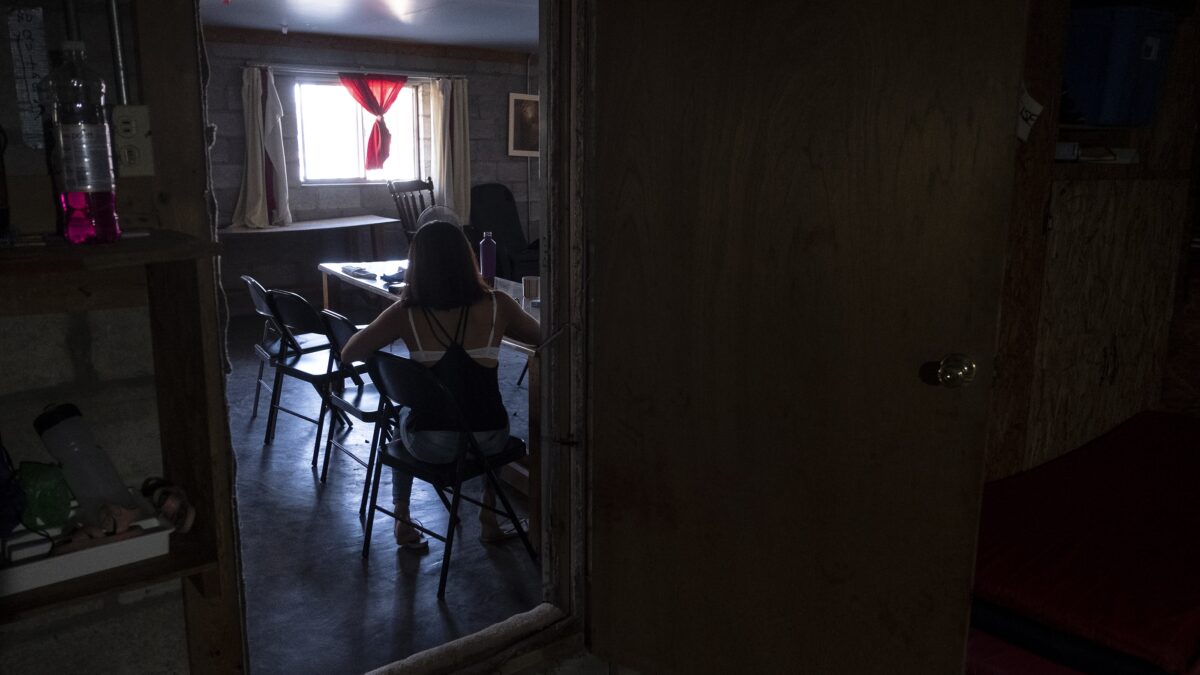
Julia is 19 now, but she looks younger. She spends her days waiting for a December court hearing in a small house that a legal advocate found for her in the arid outskirts of the city. Slight and soft-spoken, she tells her story in a steady voice.
“I don’t know anybody,” she said. “I don’t have any family here.”
The shootings in the Estelí park marked the beginning of a brutal crackdown on student demonstrators by the Nicaraguan government. In the following months, more than 300 people were killed, and human rights groups say hundreds more were arrested and brutally tortured. Some were friends of Julia’s, including two who she says are still in jail for speaking out about the crackdown.
After Machado was killed in the park, other people who’d marched in the protests started to disappear or turn up dead. Then, men who said they represented the government came looking for her at her house. She wasn’t at home, but her sisters were.
“They threatened my sisters,” Julia said. “They said they would kill them first and then they would kill me.”
Julia realized the government knew she’d participated in the demonstrations and that Nicaragua wasn’t safe for her or her family anymore. So along with her sister, brother-in-law, and niece, she decided to flee north, hoping to find shelter inside the U.S. They packed up what they could carry and left, traveling to Guatemala and then Mexico.
The route north for migrants and asylum-seekers through Mexico is notoriously perilous, and Julia says that along the way they tried to keep a low profile, riding buses and speaking to each another sparingly so their accents wouldn’t give them away.
“When we would go out to eat and people heard our accent, that we weren’t from Mexico, they would make ugly faces at us,” she recalled.
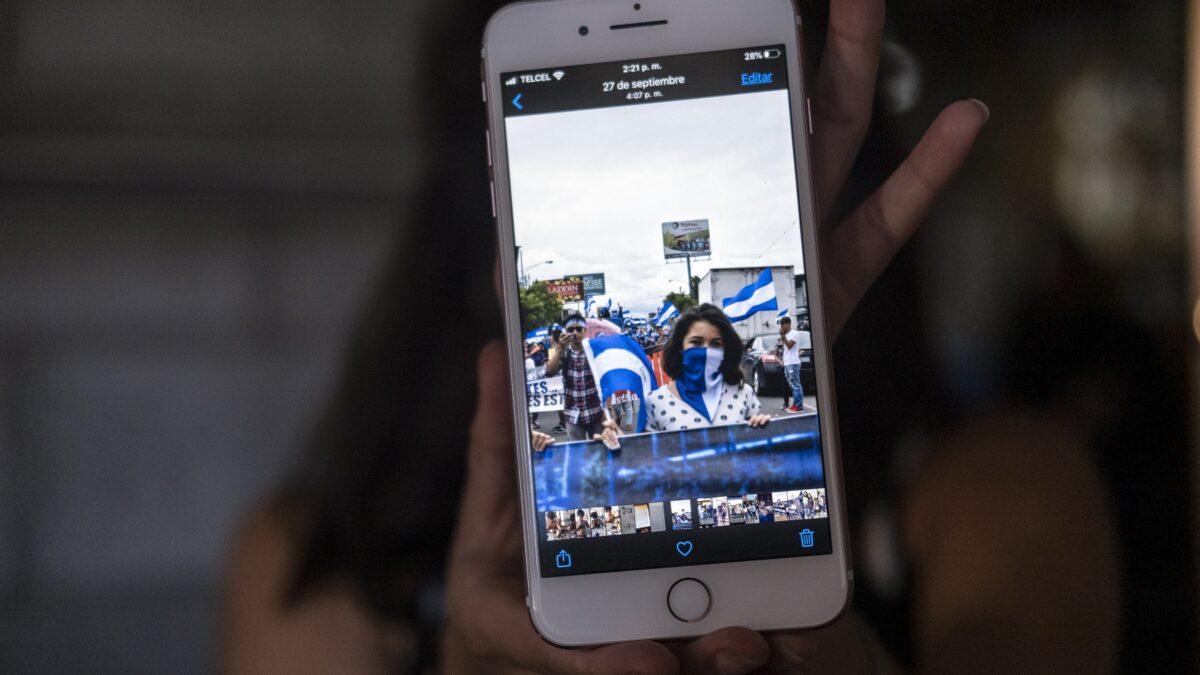
On May 23rd of this year, the four reached El Paso, Texas, where they turned themselves in to Customs and Border Protection officers after crossing into the U.S. Julia described what had happened in Nicaragua and asked for asylum. Without explanation, the officers separated her from the rest of her family and sent her to a hielera – a holding center for detained immigrants.
The cell was crowded with other migrants, and she says one officer threw bottles of water at them when they were thirsty.
“We were scared to go to the doctor, because officers told us that if we went to a doctor it would affect us when we saw a judge,” she recalled.
After twenty days, CBP officers gave her a slip of paper with a court date in El Paso, but told her that she’d been placed into the MPP and she’d have to wait back in Mexico until then. Her sister, brother-in-law, and niece were still in detention inside the U.S., so alone and back across the border, Julia had nowhere to go.
“They told us there wasn’t any shelter and that they were giving priority to mothers with children,” she said.
Ciudad Juarez is less dangerous now than it was a decade ago, when it was notorious both for being statistically the most violent city in the world and the site of a mysterious wave of disappearances and murders of women. But the murder rate has begun to climb again, and in 2017 90 women were killed in Juarez, nearly twice as many as the previous year. So far this year, the city has seen around 100 murders per month, and cartel-related violence has spiked sharply in recent weeks.
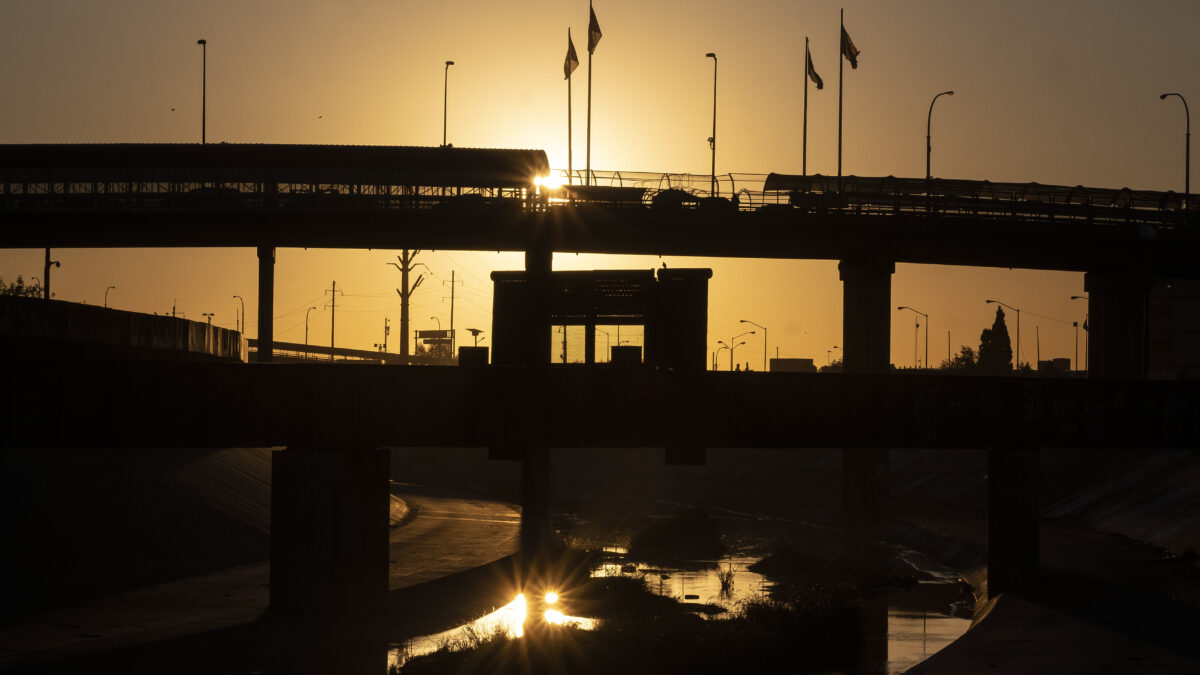
In contrast, just across the bridge in El Paso, Texas, there were only 23 murders total in 2018.
A Mexican aid worker noticed Julia, and worried for her, helped find her a spot in a privately run shelter in the city. But it was desperately overcrowded, and Julia says that the overworked administrators who ran the shelter were verbally abusive, with one telling a group of people once that he wished he had a gun so he could shoot them all. At first she tried to find work in Juarez, but one day she was followed by men in the street. After that she started leaving the shelter less often.
Alone, with no lawyer to represent her in her case, Julia was more isolated than she’d ever been in her life. But then, nearly three months after arriving at the shelter, she finally caught a break.
Tania Guerrero, a Juarez-based lawyer who works for the Washington D.C.-based Catholic Legal Immigration Network, was running intake interviews in the shelter when she met Julia.
“She looked like she hadn’t slept in a long time, just eternally exhausted,” Guerrero recalled. “She didn’t look her age.”
Julia and another young girl from El Salvador had become close, and Guerrero was worried that the two weren’t safe there.
“Being 19, all by herself, and she’s a beautiful young lady. I felt it placed her in a fragile state,” she said.
Guerrero was plugged in to a network of Catholic organizations raising funds for asylum-seekers and migrants. One had a house in Juarez they’d offered as a safe space, and Tania was able to get Julia and her friend out of the shelter and into the house along with two other women.
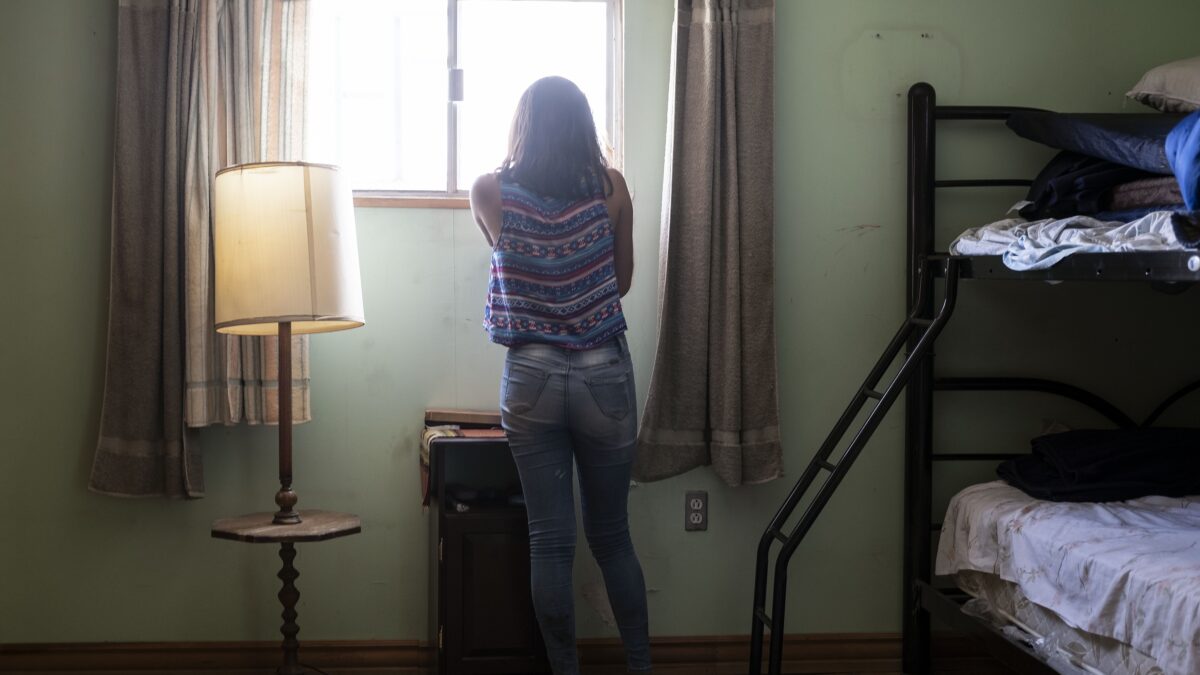
A few weeks later, Guerrero brought Benjamin Osorio, a Virginia-based attorney who was in Juarez looking for pro bono asylum cases, to meet Julia. He quickly decided to take hers.
“Just speaking with her, she’s very compelling and sharp, and she has great evidence,” he said. “She’s in the 5th Circuit, which is rough on asylum, but you just feel terrible for this young girl out on her own really with no resources. But she’s very bright, and we think she can win her case.”
Defenders of the MPP say the program is necessary to weed out fraudulent asylum claims, and when it was unveiled former Homeland Security Secretary Kirstjen Neilsen made reference to “aliens trying to game the system.” But Julia’s story illustrates how the precise category of person the asylum system was created to protect are currently being placed into the program, requiring them to wait for long periods in dangerous border towns for court dates.
The ACLU is currently suing to end the MPP, with the 9th Circuit having heard arguments in the case, Innovation Law Lab v. McAleenan, on October 1st. While the court weighs its decision, the program has been allowed to stay in place.
Without the good fortune of meeting Guerrero and later Osorio, Julia would still be facing the unfamiliar shelters and streets of Juarez – along with U.S. immigration law – completely on her own.
From what Osorio’s seen, her case isn’t a rarity.
“I think that the American public would be surprised at the massive number of people who have truly valid asylum claims that are being forced to wait in dangerous conditions.”
Julia’s next court date is in El Paso in early December. Until then, she passes her time with the other women in the house, who have come to describe themselves as a kind of family. Her laugh is piercing, and huddled over their phones together, she and her friend look like teenagers anywhere. She shows off pictures of the march in Estelí, a row of her friends holding up a banner with her just before the day went bad.
The house is mostly safe, but there have been periodic reminders of the violence lurking just beyond its gates. A few weeks earlier two men had been shot three blocks away. Julia leaves sparingly, almost never without Guerrero.
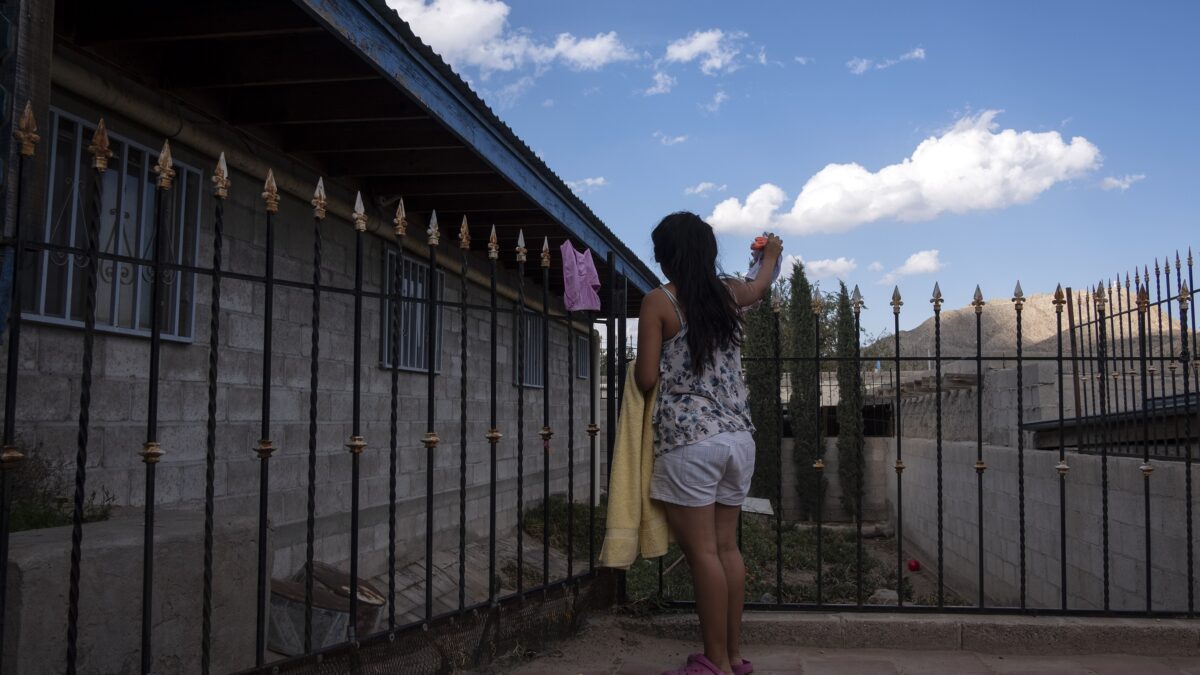
“I do worry about her safety,” Osorio said. “She’s a young, vulnerable teenage girl. And there’s concerns there, especially when you talk to the number of people that have been targeted, have been kidnapped, robbed or assaulted. I mean, she would obviously be a prime target for that.”
If Julia does win her case, the Department of Homeland Security will have 30 days to appeal. Recently, Customs and Border Protection officials said that asylum-seekers can be sent to Mexico to wait while their appeals move through a backlogged system. Osorio says its unclear whether Julia would be treated as ‘detained’ or ‘non-detained’ in an appeal, or what might happen to her during the process.
“Non-detained appeals are taking two years right now,” he said. “So is she going to sit in Juarez for two years? I don’t know.”
Julia says that above all, she wants to get back into school. Her sister was released on a $15,000 bond in Chicago, but she wants to join her mother in Los Angeles. She says she’s hoping to train to be a dentist. “I’ve always found it interesting,” she said. “I don’t know why.”
As her court date gets closer, her anxiety is growing.
“I can’t go back to Nicaragua, I have nowhere to go,” she said. “I don’t have family there because I lived with my sisters, and if I go back I’ll be jailed because I participated in the marches.”

Comments
Post a Comment